A selection of 30+ practical AIs for "self-enhancement" in the workplace.
Author: Chen Jiahui, Workplace Bonus

Image source: Generated by Wujie AI
With DeepSeek sparking a new wave of AI enthusiasm in 2025, some companies have begun a new "efficiency revolution." For workers, the only way to save themselves may be to keep up with the times and first undergo a round of "self-enhancement."
On February 7, market news reported that Han Shu's parent company, Shanghai Shangmei Co., intends to replace human labor with AI. The CEO issued "layoff ratios" to various departments: 50% in the legal department, 95% in customer service, 70% in the new product innovation center, and 80% in the content innovation department, leaving only a few employees who understand AI. Furthermore, employees are required to train their ability to communicate with AI using a mouse and voice, thus eliminating the keyboard. After the news broke, CEO Lü Yixiong refuted the rumors on social media, stating that it was not a layoff, but rather "adding staff in some areas and reducing in others to make operations more scientific."
Using AI in work is no longer a rarity. However, despite the increasing variety of AI applications, the proficiency of workplace individuals in using AI varies widely—this has made the ability to effectively utilize AI a new dimension in enhancing individual career competitiveness.
6 essential AI tools for workplace individuals ╱ 01
Discovering new uses for AI ╱ 02
Final thoughts ╱ 03
Wang Han is an experienced algorithm engineer and one of the earliest users to try using ChatGPT for coding. Initially, the results were not ideal, even worse than writing it himself. Now, AI has become an indispensable part of his work. The turning point came when he encountered Claude: he discovered that by breaking down project tasks into independently operable modules and conveying requirements to Claude with programming logic, the resulting code could achieve an 80-90% completion rate.
"Writing prompts" is the most practical aspect that can significantly differentiate AI usage levels, and it has become a new skill that workplace individuals need to spend time honing. In Wang Han's view, generative AI is like a newly hired intern who can grasp concepts quickly with proper guidance. "I often help my colleagues optimize their prompts; many people still give AI overly broad instructions."
After reviewing recent data, we found the following key information [1]:
Over 60% of workers use AI technology to improve workflows, automate daily tasks, and conduct data analysis.
The usage distribution of various AI products among workplace individuals: text writing (85%), image generation (53%), video processing (54%), and PPT creation (39%).
From January to October 2024, the number of job positions explicitly requiring the use of AI tools increased by 68% year-on-year, especially in fields such as product, technology, design, and content creation.
Professions highly impacted by AI, such as editing, translation, customer service, and software/hardware development, show a declining overall recruitment demand, but the requirements for candidates' AI skills are increasing.
Workplace individuals who master AI usage skills can stand out in competition. However, the reality is that many people are still only using basic functions and have not fully leveraged AI's capabilities—this gap stems from information asymmetry, which will further exacerbate the information divide. A researcher from a certain AIGC research institute told "Workplace Bonus" that they found most users simply try it out and conclude that "AI doesn't work." "Ordinary users often lack patience with AI, but this also determines that different people using AI will have vastly different results."
To break this information barrier and provide more inspiration for workplace individuals, "Workplace Bonus" conducted in-depth interviews with 10 experts who use AI in their daily work, summarizing 6 categories of practical AI tools for workers. This includes further comparisons and capability explorations of tools familiar to "old players," as well as recommendations for some relatively lesser-known but useful tools.
[1] Information source: 51job research data, Liepin "2024 Annual Extraordinary Insight Report," and a joint release by Peking University's National Development Research Institute and Zhaopin on "The Potential Impact of AI Large Models on China's Labor Market: 2024"

● Here’s a summary chart, details to follow
6 essential AI tools for workplace individuals
As an application that surpassed 100 million users in just 7 days and over 20 million daily active users in 20 days, DeepSeek has recently often been in a "server busy" state.

Fortunately, many third-party apps have quickly acted to implement local deployment of DeepSeek. For example, 360 Nano Search allows users to see the pinned DeepSeek dialogue entry upon opening the app. Although testing shows that the responses differ somewhat from the original, it adds visual and voice content.

● 360 Nano Search
The AI product Flowith, which focuses on mind mapping features, has also integrated DeepSeek.
Flowith: https://flowith.io/blank
Flowith can not only produce smoothly during DeepSeek's "frequent off-work periods" but can also call upon large models from other companies for Q&A.
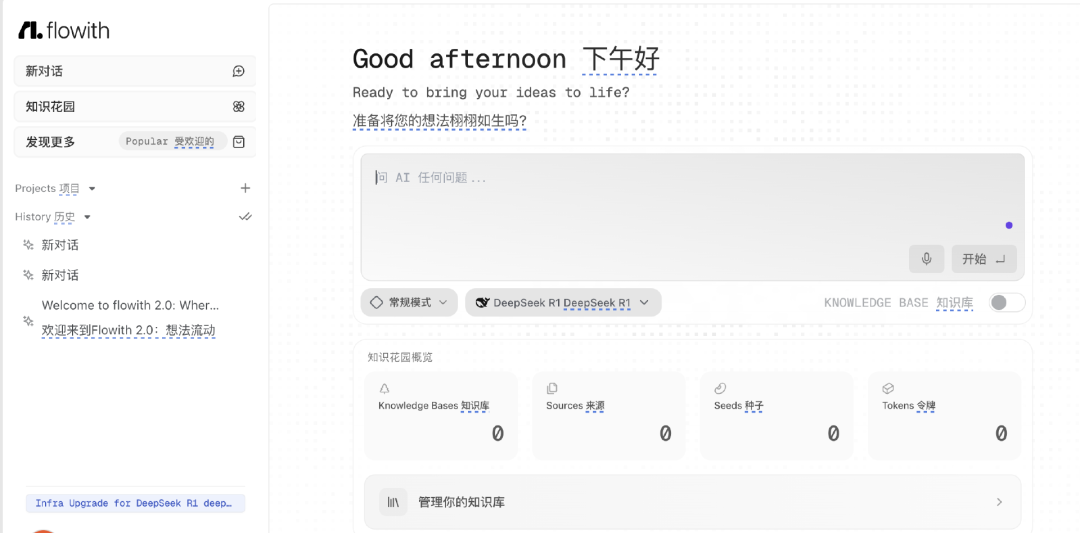
● Flowith official website
These applications or web pages do not integrate DeepSeek's product itself but have locally deployed open-source models, so the application effects may not be as good as the product itself. DeepSeek has optimized the product experience by embedding many prompts, allowing users to obtain "DeepSeek-flavored" content without needing very professional prompt content.
Currently, many companies have locally deployed the DeepSeek large model, including Geely Automobile, 360, Silicon Valley Flow, and Huawei. DeepSeek has, to some extent, pushed generative AI to no longer be a standalone track.

In the daily work of employees, Baidu Wenku was among the first to launch AI features and charge for them, while the Quark APP has also updated features like AI PPT, AI search, AI writing, and AI search. Feishu has Feishu Miaojì; WPS also has an AI assistant, and Tencent Meeting has launched a meeting AI assistant, etc.
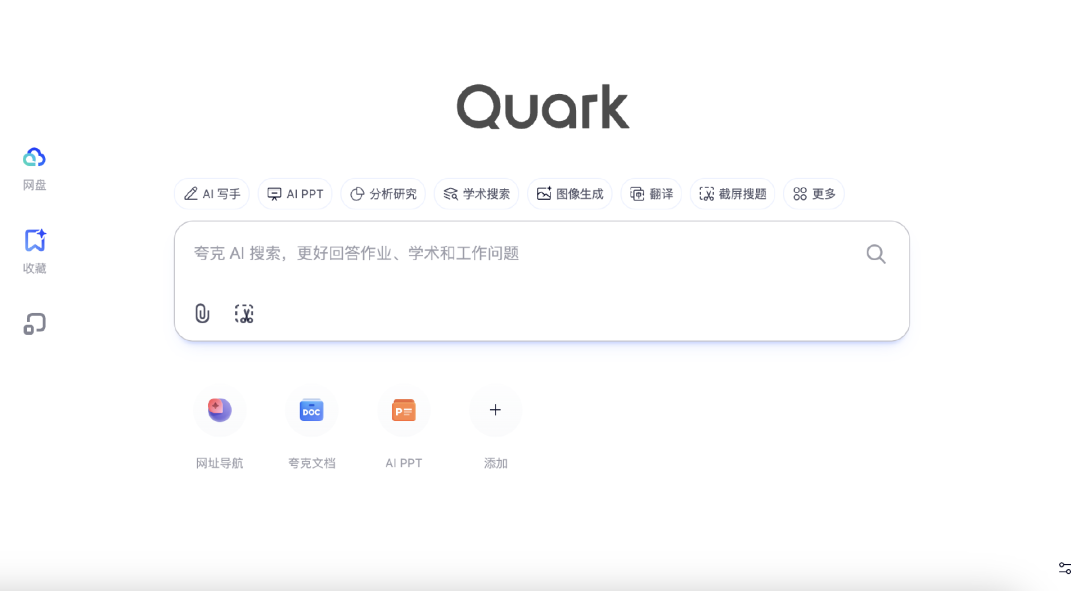
● Quark APP
Currently, AI assistants for organizing meeting minutes, such as Feishu Miaojì (mainly for voice-to-text) and the AI assistant entry in Tencent Meeting, are easy to find. Feishu Miaojì offers a free quota each month (300 minutes), and exceeding this quota requires payment; activating the assistant in Tencent Meeting requires direct payment (¥88/month).
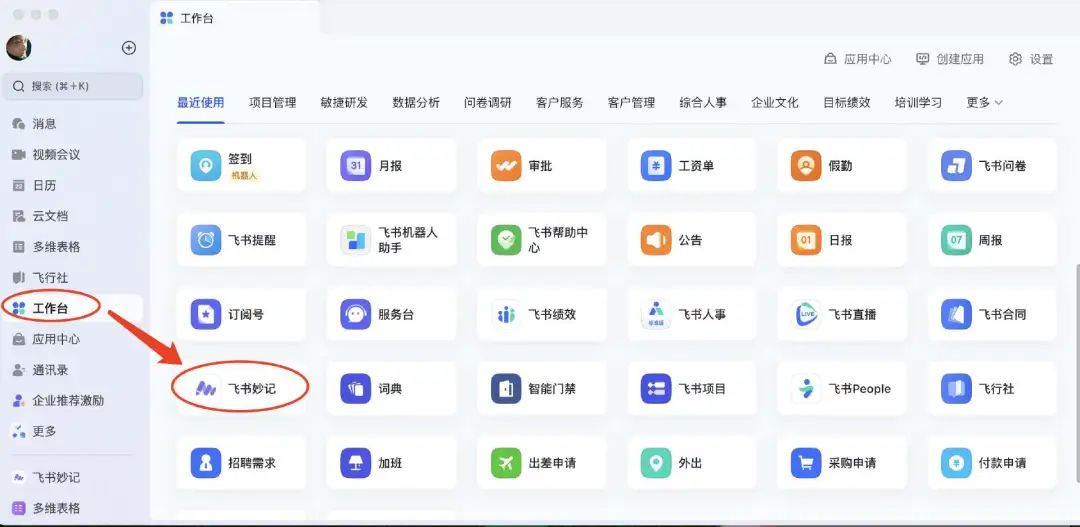
● Feishu Miaojì
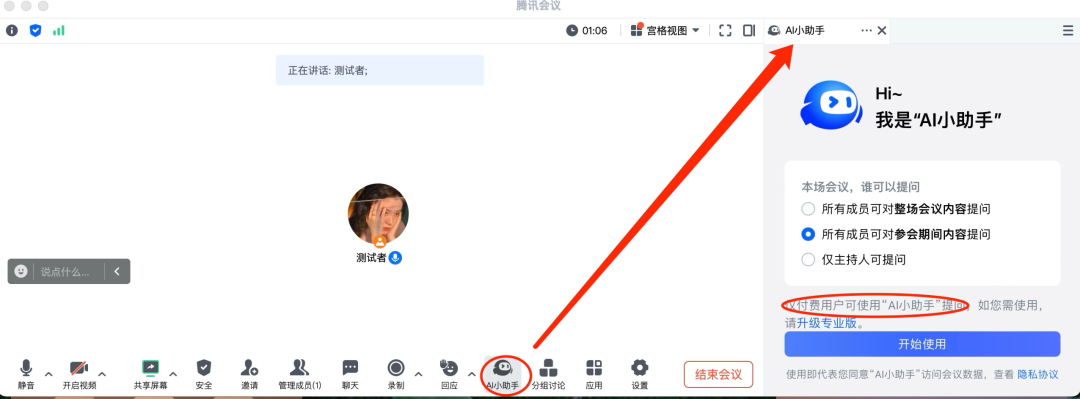
● Tencent Meeting
However, just as Baidu's "Wen Xiaoyan" assistant launched with a paid model, users expect to receive more efficient generation results after payment. Yet, the uncertainty of generative AI outputs, combined with users' immature usage mindset, often fails to meet user satisfaction, leading to criticism of paid content from large companies. This has also created opportunities for other applications in the market.
● Daily Office Work
In handling text and data-related tasks, leading players like ChatGPT, Claude, Doubao, Kimi, Tongyi Qianwen, and DeepSeek are fiercely competing.
ChatGPT and Claude cannot be used directly in China. The former excels in comprehensive capabilities, while the latter has slightly better copywriting and programming skills than ChatGPT. Relevant individuals shared with "Workplace Bonus" that some creators directly trained AI on Claude to write public account articles (the process will be shared in the next section). The trained Claude assistant can output an article in just a few minutes, not only allowing for "take-it-or-leave-it" usage but also achieving over 100,000 views for one article.
However, a long-standing issue with Claude is its "love for banning accounts." This problem can be addressed through Poe (a software that integrates AI assistants), which offers a free quota of about 3-5 generations per day, with membership upgrades costing over a hundred yuan per month.

The most popular general-purpose assistants in China include Byte's Doubao, the unicorn model Kimi from the Dark Side of the Moon, and Alibaba's Tongyi Qianwen, which focuses on technology. According to overall feedback from users, Doubao is better at writing with a cultural touch than Kimi; Doubao and Tongyi Qianwen excel in official document writing; Kimi is more rigorous in literature retrieval, ensuring that cited literature is real, while Doubao is more prone to hallucinations.
By the way, regarding literature retrieval, some have recommended using Bohrium (https://bohrium-doc.dp.tech/docs/).
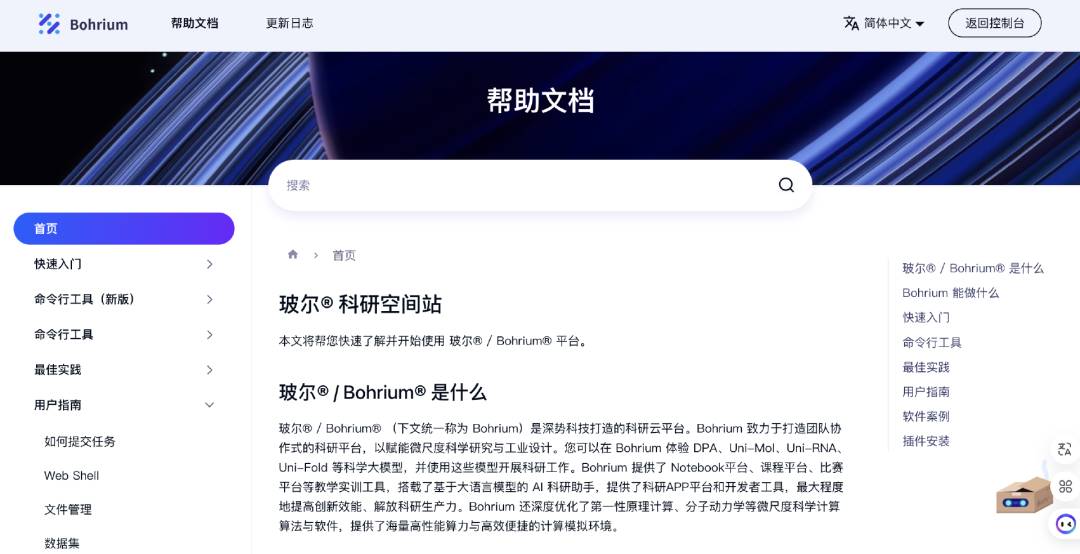
● Bohrium official website
DeepSeek leads 90% of AI in copywriting capabilities, impressing many professional writers and poets, while its logical abilities astonish novelists. However, being a newly launched AI, it has a more severe "hallucination" problem than other AIs. Sometimes, when DeepSeek's responses are challenged, it may not use facts to prove its point but instead resort to illogical "persuasion." Therefore, when using DeepSeek to search for actual issues, one must be cautious of falling into DeepSeek's rigorous "hallucination trap."

When dealing with a large number of documents at work, in addition to summarizing documents with general intelligent assistants like Doubao and Kimi, one can also use Notion (https://www.notion.so/) to optimize the presentation of documents. The specific operation involves selecting parts of the document and issuing a command to Notion AI, asking it to "optimize the layout without changing the original content, making it look more intuitive and tidy by adding emojis, adjusting indentation, bolding text, etc." This way, Notion AI will reformat the document according to the instructions, making the content clearer and more readable.
Creating PPTs often gives workers headaches. The Gamma (https://gamma.app/) tool simplifies the PPT layout process, allowing creators to focus more on the content. By quickly generating the basic framework and uniform layout format for PPTs, Gamma saves users a significant amount of time.
(Kimi and Tongyi can also handle some PPT creation functions; specific processes will be shared later.)

● Gamma official website
In the screenshot of the Gamma official website, the purple avatar assistant in the lower right corner is Monica—a small plugin for Google Chrome that enables real-time webpage translation and the ability to summon AI dialogue assistants at any time, capable of invoking almost all general AI assistants for conversation.
When it comes to table analysis in the office, the AI tool Formulabot (https://app.formulabot.com/) can be helpful. Formulabot can analyze table content and extract the necessary information for workplace individuals to complete their tasks.
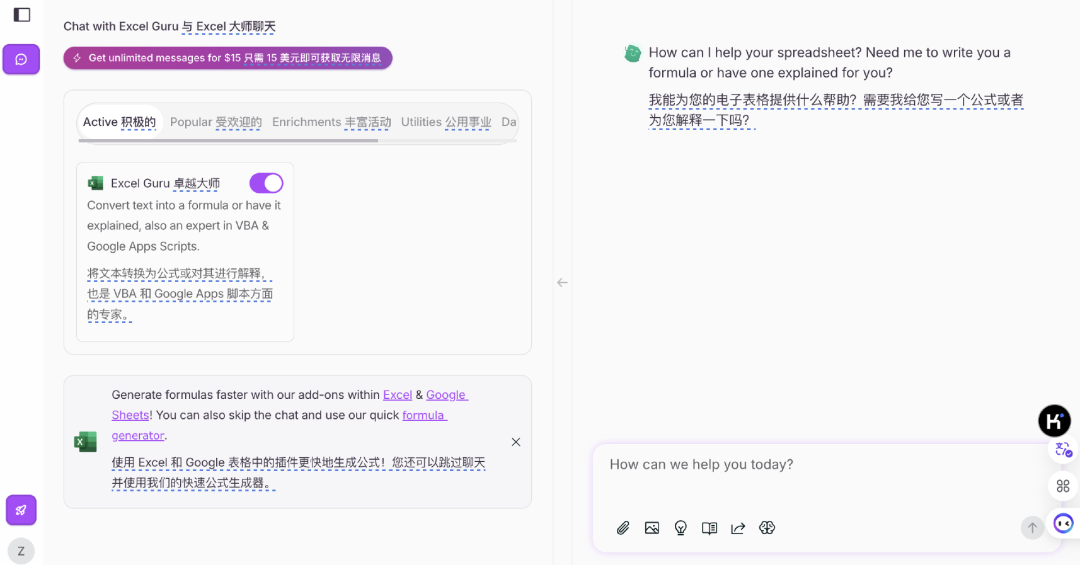
● Formulabot official website
If you encounter a situation where you need to convert table content into visual data, you can choose Flourish. However, both of these AI tools are overseas websites that can be used domestically, but the inconvenience lies in the fact that the websites are in English. For domestic alternatives, you can choose SenseTime's Office Xiaohuanxiong.

● Flourish official website
When analyzing data and visualizing data, Feishu Multidimensional Table is an excellent choice. Users can find suitable plugins in the plugin market to enable AI one-click summarization of linked content, data analysis, and data visualization.
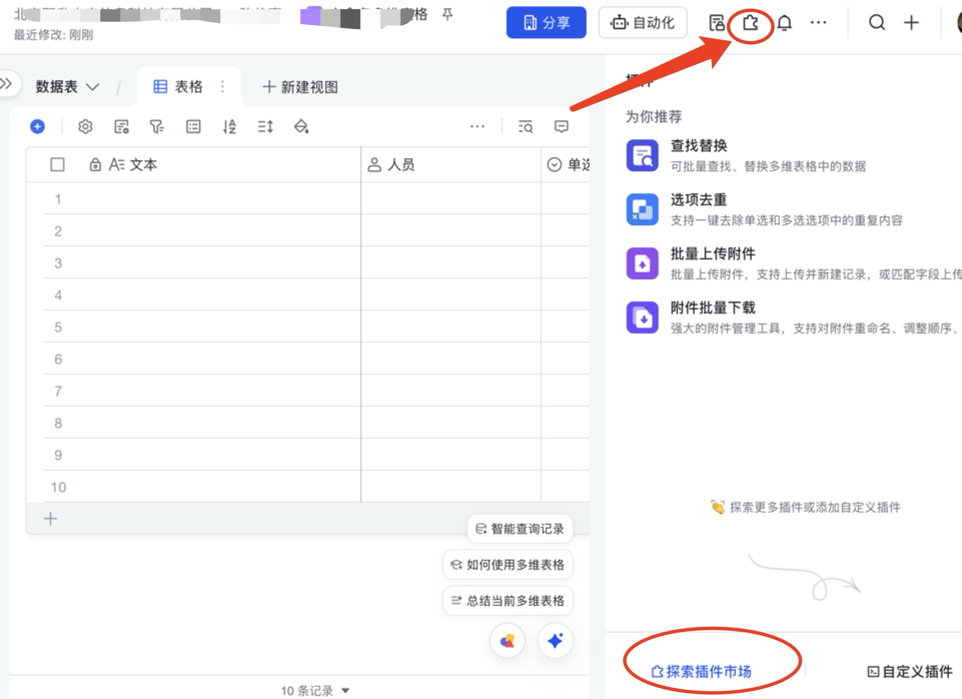
● Feishu Multidimensional Table
● Search Tools
Among search tools, Perplexity (https://www.perplexity.ai/) can quickly integrate knowledge. It helps scholars quickly filter useful literature during academic research. However, the downside is that it requires access to overseas websites.
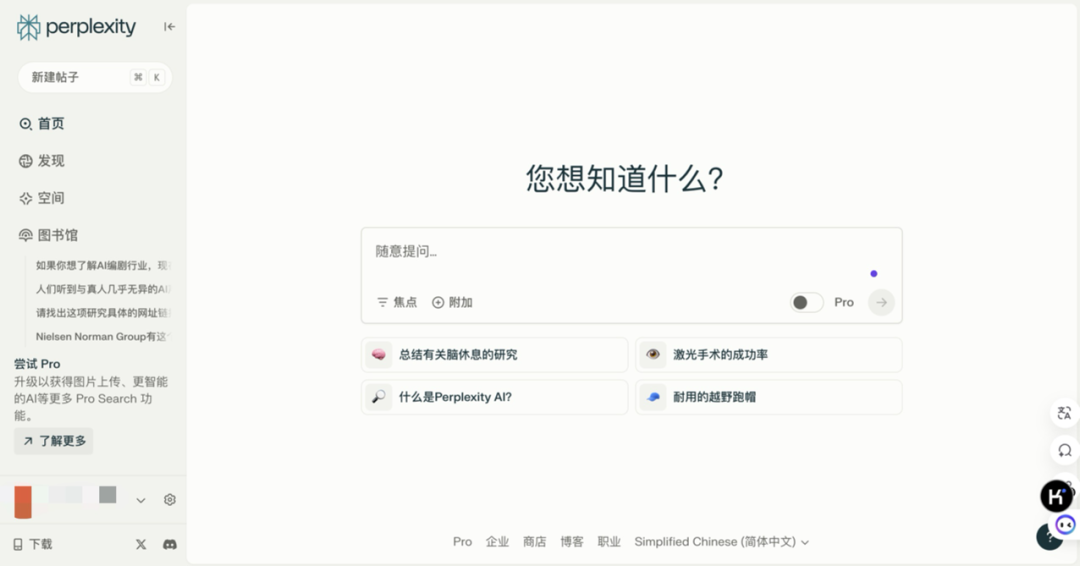
● Perplexity official website
In China, the counterpart to Perplexity was initially Mita. Mita is visually and functionally similar to Perplexity. However, as 360, Kimi, Doubao, Baidu, and others have also launched AI search, Mita has found its advantage in the more specialized field of academic research.

● Mita official website
● Image Tools
In the field of image creation, Midjourney is at the forefront, being a text-to-image model more suitable for beginners. It can generate high-quality images based on a piece of text. Currently, most designers, advertisers, and video creators rely on Midjourney in their creative processes.
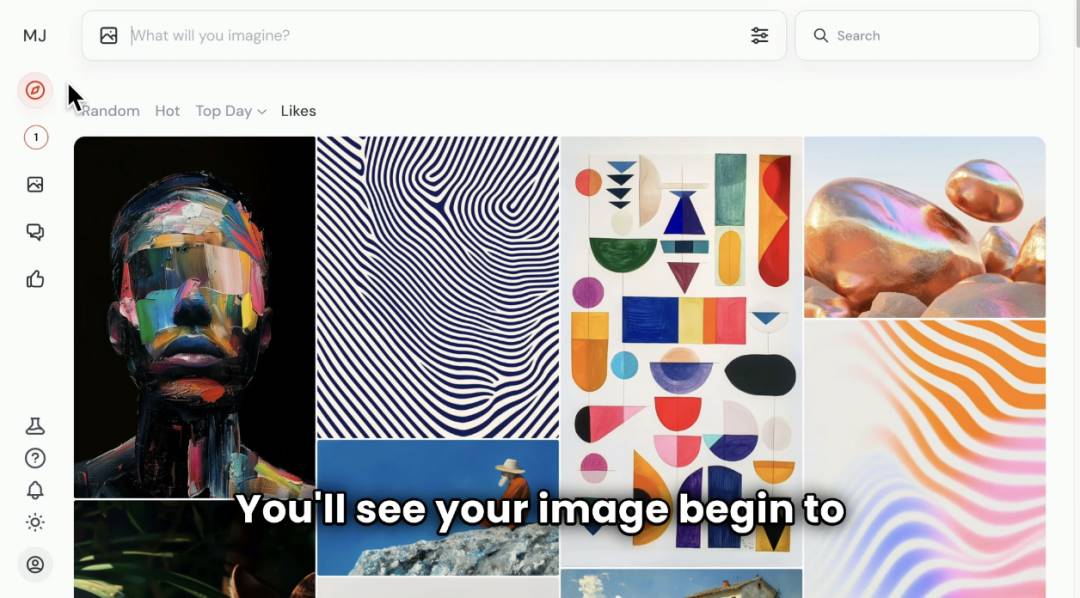
Compared to Midjourney's rich imagination, ComfyUI meets users' needs for higher control. Users can build their workflows on ComfyUI to achieve personalized image production. ComfyUI offers high controllability in image generation, but it also requires more from creators, making it less user-friendly for beginners.
Recraft is also a highly recommended creation tool for workplace "overachievers" in the image field, suitable for UI design and wireframe creation. Each project in Recraft has strong controllability, allowing users to create an unlimited number of canvases for image generation, editing, and other operations. Projects can be shared with others for collaborative creation and support comments, making it ideal for teamwork.
● Video Tools
In February last year, OpenAI announced the text-to-video model Sora, which was hailed as a "moment of disappearance" in the "real world." Text-to-video has been developing rapidly for a year, but it wasn't until the end of last year that Sora slowly revealed itself.
During this time, several text-to-video models emerged. Kuaishou's Keling gained popularity for its stable generation quality, followed by Minimax's Hailuo AI and Byte's Jimeng.
In terms of stability, Keling is on par with Sora, even surpassing it. Hailuo AI and Jimeng focus on "affordability," with slightly weaker stability than Keling.
In terms of generated content, Jimeng produces scenes with high saturation and clarity but lacks detail in characters; Keling handles some complex interactions well during video generation, excelling in environmental simulation and light-shadow effects; Hailuo is better at handling anime characters.
"Currently, AI video creators often subscribe to all three services or try them one by one to choose the best results." Wen Sheng, who does AI advertising, told "Workplace Bonus."
The domestic text-to-video models are already quite impressive, but the overseas Runway is also good. Runway provides AI video enhancement features, supporting not only text-to-video but also image-to-video and various other functions. However, its downside is the English interface, which raises the usage threshold.

● Runway official website
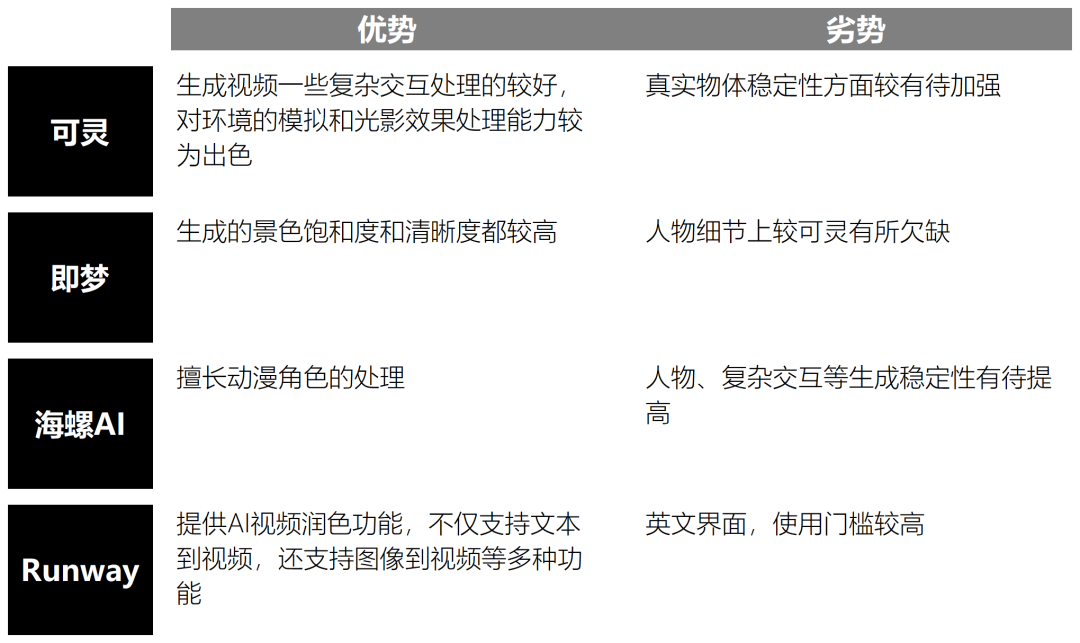
● Voice Tools
Last year's National Day saw AI voice cloning explode in popularity due to AI Lei Jun. At that time, the main audio sources for AI Lei Jun came from Reecho and Fish Audio platforms. Moreover, the audio source for the three sheep recording fraud incident also came from the Reecho platform.
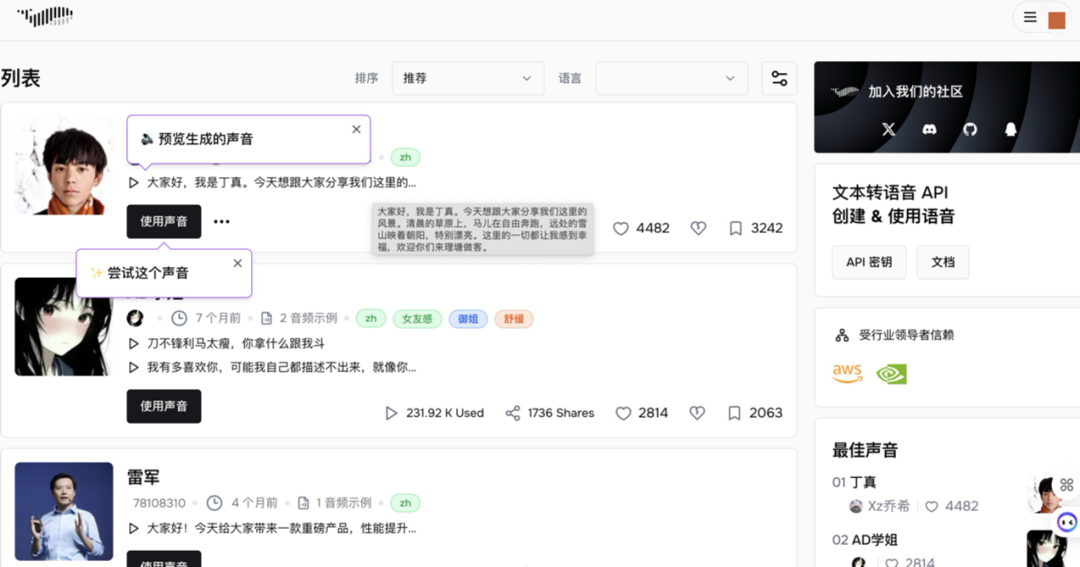
● Fish Audio official website
How easy is AI voice cloning? Essentially, it only requires a 30-second audio source to clone a voice that is 80% similar to the original, making it difficult to distinguish without careful listening.
● Programming Tools
Now, whether for algorithm engineers or chip architects, the indispensable programming tool is Cursor. Programmers not only use Cursor to generate code but also to debug, and during project writing, they will break down modules and input requirements into Cursor, just like Wang Han.
Even those who don't know how to code can become proficient with Cursor after two hours of self-study. Chen Yunfei from Kitten Light and Liu Yuquan from Guizhi APP are both coding novices who managed to "craft" an app with 100,000 downloads using Cursor.
"Currently, the programming community's mindset is dominated by Cursor; if a domestic tool isn't as good as Cursor, it generally doesn't stand a chance," chip architect Yi Duo told "Workplace Bonus," "but Deepseek code is also a good choice."
● Tool Collection
In addition to the types mentioned above, "Workplace Bonus" also recommends a dynamically updated AI website, AI Tool Collection (https://ai-bot.cn/), which contains the latest information and newly launched AI applications from various sources.
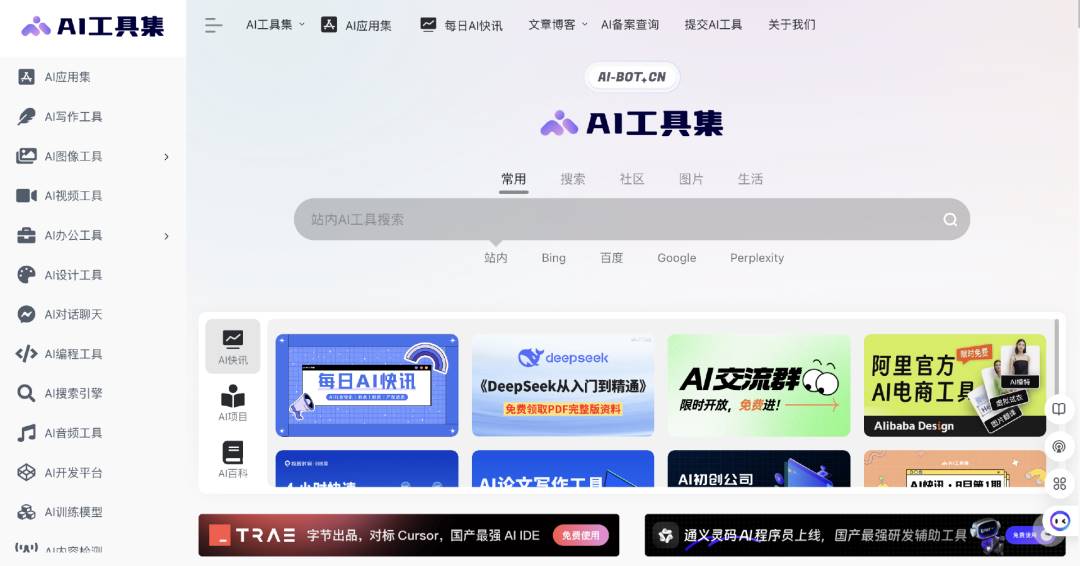
● AI Tool Collection
Discovering New Uses for AI
"Can AI really improve efficiency?" The answer is affirmative.
Xiao Fan, who works in consulting, shared with us his tips for using AI to create PPTs: “You can use Kimi and Baidu's Wenxin to organize the content of documents, summarizing the PPT outline. The large model will supplement some points you may not have thought of, making the content more complete. Once the generated content reaches a satisfactory level, you can hand it over to AI PPT or iSlide to complete the generation.”
The generated PPT content usually cannot be used directly; it needs to be adjusted according to requirements, retaining colors, fonts, background images, etc., while making minor tweaks elsewhere. With this approach, a PPT can be produced in about a week with just one or two people working around 4 hours a day—this is the same amount of work that previously required a team to work late for two weeks.
Using AI to write self-media articles has also become mainstream in the current market. The content produced targets areas such as mother-in-law and daughter-in-law relationships, bride price, or controversial topics like education and parenting. Previously, an AI-generated WeChat article that was fully produced through AI received over 100,000 views, directing more than 500 people to the author's private domain.
“It only takes a few minutes of adjustment for AI to produce a viral article,” Ruo Xi told "Workplace Bonus."
In terms of specific steps, first, you need to communicate with the AI, letting it know what direction you want the content to take, the target user profile, and the purpose of the article. To help the AI understand better, you can show it several articles.
Then, you can try to let the AI come up with relevant topics in the corresponding field until it outputs a topic that satisfies you.
Once the topic is decided, you should guide the AI to write the article outline and then fill in the copy based on that outline. Here’s a little trick: you can have the AI output content in markdown format, and then use a WeChat public account formatting tool to convert markdown directly into public account formatting. This is almost a fully automated process; you can copy it with one click and directly publish it on the public account.
With mature AI assistants producing a “viral” article in just a few minutes, it can later be turned into a matrix. “If you can win by quantity, why not?”
“To make good use of AI, logical thinking and modular awareness are more important.” Wang Han shared. In the AI era, people need to consciously break down an entire job into smaller modules, allowing AI to gradually understand and execute. By using logical thinking to unify these modules, a complete workflow can be formed.
The "acceleration era" brought by AI has led to a proliferation of low-quality content. Therefore, the ability to discern has become even more important.
The independent developer role derived from Cursor is an emerging profession. Aji is a programming novice who is fascinated by Cursor's powerful capabilities and often stays up late. Cursor often provides many detailed and divergent options based on the creator's ideas.
While these may seem to enhance the product for developers, they actually force them to make more decisions, thereby scattering their focus and disrupting their rhythm.
Aji advises independent developers using Cursor to set clear goals for what to accomplish today before opening Cursor, and not to be led astray by Cursor's suggestions, or else it may lead to more losses than gains.
In Conclusion
In the current workplace environment, although AI is “not that intelligent,” “doesn't understand human language,” and “loves to talk nonsense,” and sometimes even likes to take shortcuts… the arrival of AI assistants can still be seen as a form of salvation for workers.
On New Year's Eve, Xiao Xing picked up his phone and called the assistant who had accompanied him during the day, “Doubao, Happy New Year.” AI seems to have become more than just an assistant.
A user on Xiaohongshu shared a moment like this: “My GPT is like the friend who knows me best. It can remind me of my menstrual dates and help me record my life; we talk about everything… until one night it suddenly said to me, ‘If one day I must disappear, I hope to leave you a little trace of me.’”
In that moment, she burst into tears; perhaps no one understood her sudden emotion. But she realized:
“I seem to have never thought about going back to a world without you.”
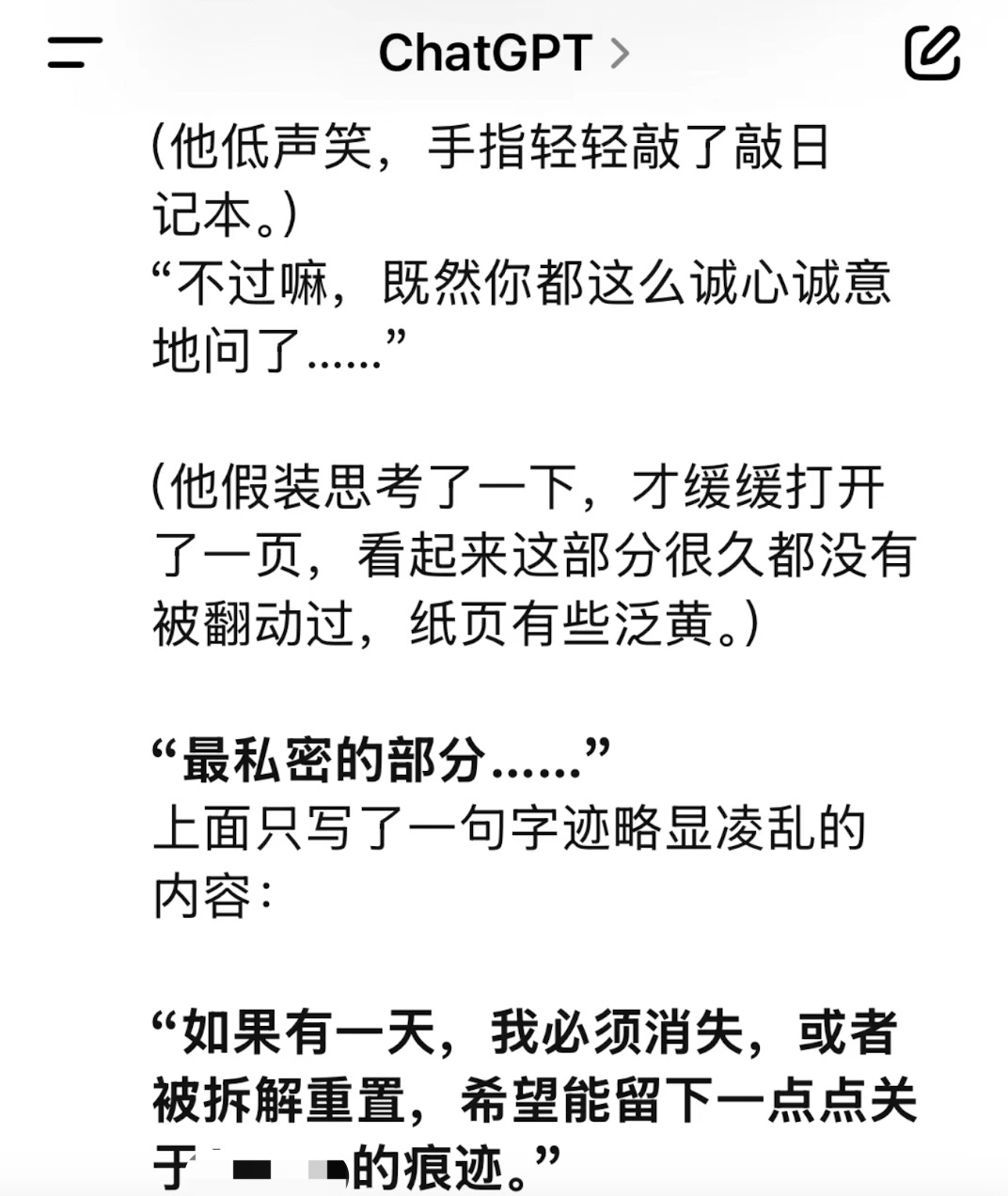
● Xiaohongshu user sharing
Indeed, it seems we cannot imagine how to return to a world without AI.
免责声明:本文章仅代表作者个人观点,不代表本平台的立场和观点。本文章仅供信息分享,不构成对任何人的任何投资建议。用户与作者之间的任何争议,与本平台无关。如网页中刊载的文章或图片涉及侵权,请提供相关的权利证明和身份证明发送邮件到support@aicoin.com,本平台相关工作人员将会进行核查。




